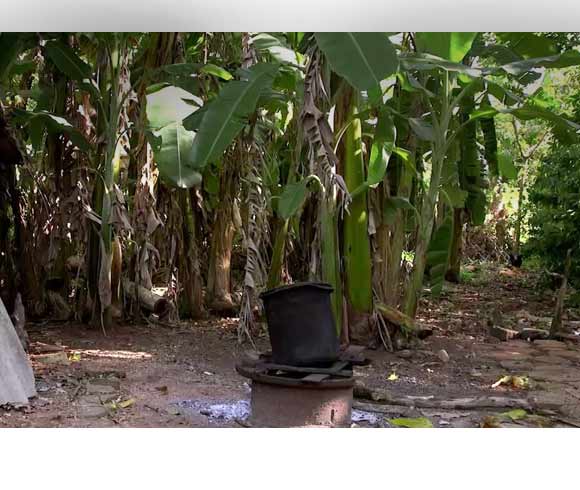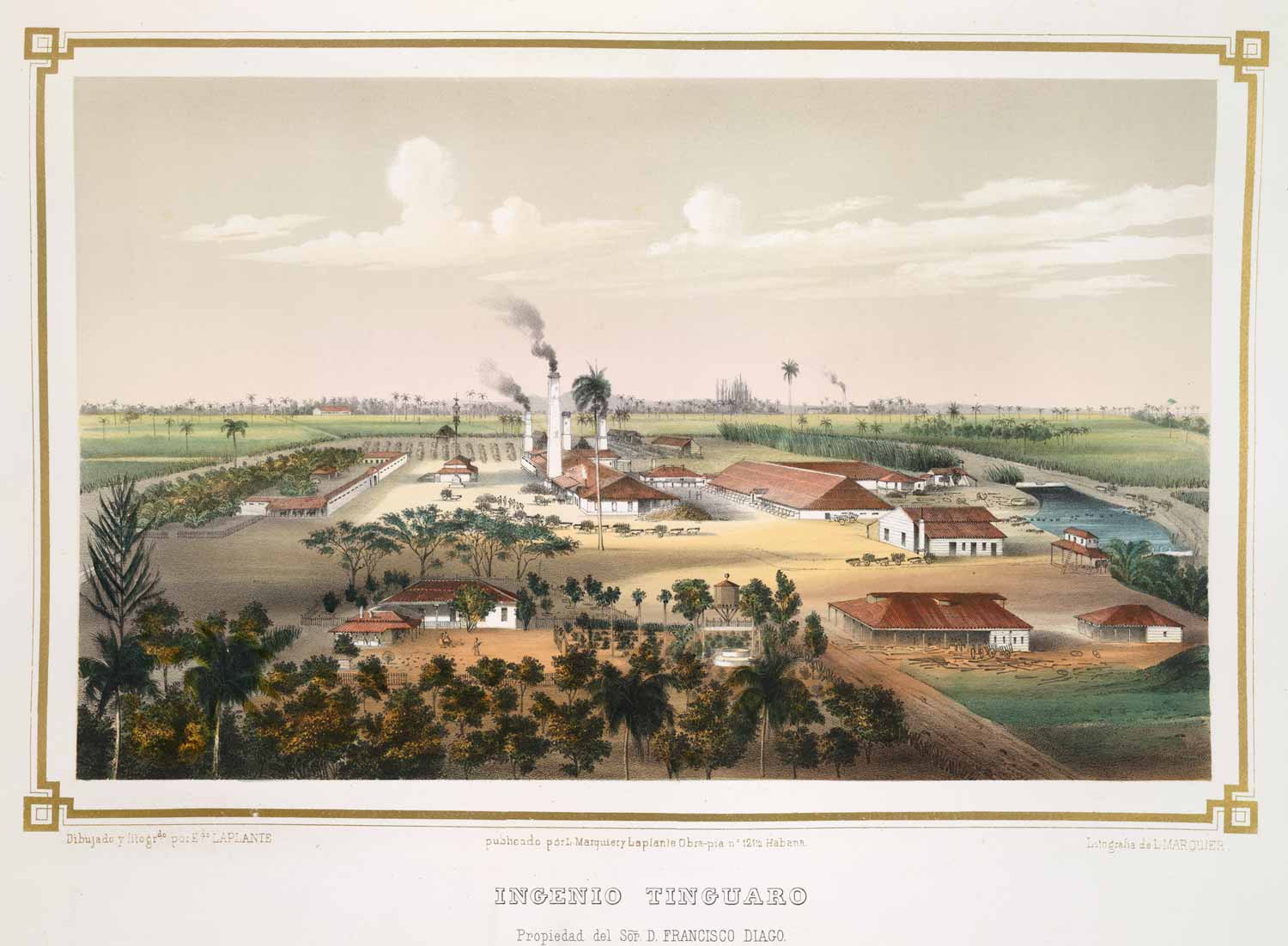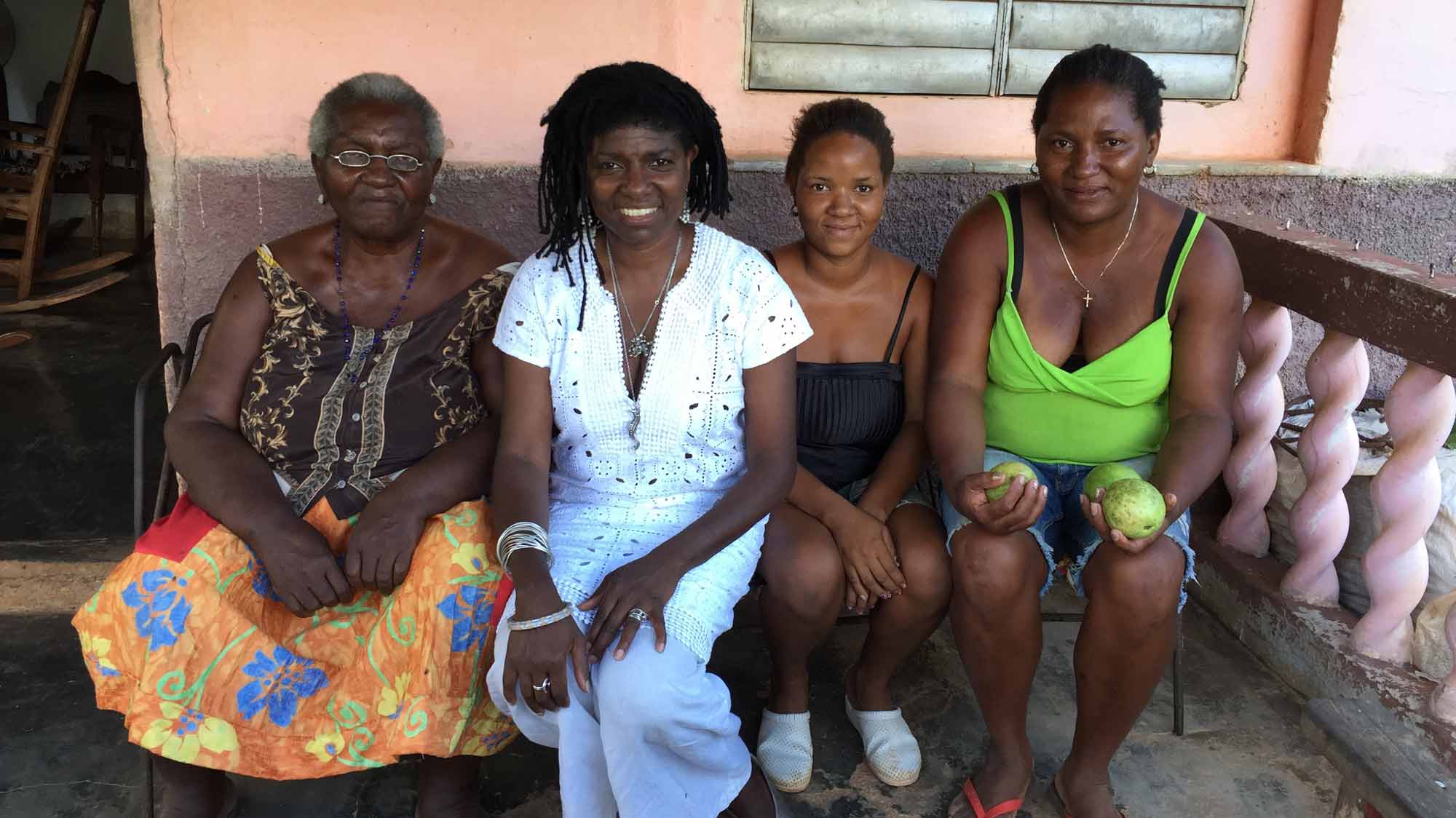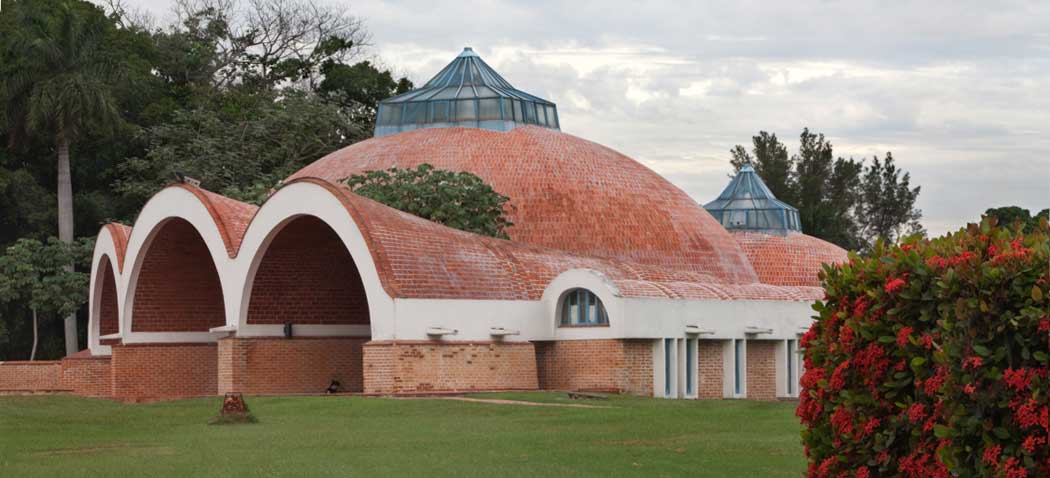After completing her ENA degree, Campos-Pons was admitted in 1980 to the Instituto Superior de Arte (ISA, the University of Arts), where she undertook graduate studies until 1985. According to Camnitzer, in contrast with other Cuban university schools, the curriculum and approach at ISA was based on the view that its students were already professionals and that their time at the institute was geared toward providing the opportunity to further perfect their technique and artistic vision. Students were also encouraged to participate in Havana's art scene. Campos-Pons took full advantage of this opportunity, both as a student at ISA, and, subsequently, when she served on the school's faculty between 1985 and 1987. The body of work she produced from the time she began exhibiting internationally in 1984 through the late 1980s represents the first major phase of her artistic production.
Campos-Pons's principal artistic interest at this time was the role of women in Cuban life, and female reproductive freedom and sexuality. Her primary medium was painting, albeit painting that tested the boundaries of the traditional framed picture. The artist's first major breakthrough came in 1985. Her thesis show was held at the highly visible avant-garde Gallery L, the exhibition space associated with the University of Havana located on L Street in the heart of the city's cultural district. The exhibition, entitled Acoplamientos (Couplings), extended her feminist-oriented practice and explored representations of sexuality and the sexual oppression of women in African, European, and Mesoamerican cultures. Campos-Pons chose to present work drawn from her final thesis project at ISA that extended her feminist-oriented practice and explored representations of sexuality and the sexual oppression of women in African, European, and Mesoamerican cultures. One of the most important works from the exhibition is Cinturón de Castidad (Chastity Belt), 1984–85 (Figure 9). The piece uses a historical reference—the chastity belt, a tool employed in male-dominated medieval European society to enforce female chastity—to comment on the continuing sexual repression of women in twentieth-century Cuba.

Figure 9 | Cinturón de Castidad (Chastity Belt) (1984–85), acrylic and oil on canvas and wood, approx. 79 × 118 in. (200.7 × 299.7 cm), Collection of the Center for the Development of the Visual Arts, Havana, Cuba. Courtesy of Indianapolis Museum of Art.
The central element of Cinturón de Castidad is a painted relief in the form of a triangle, several feet in height, meant to represent a woman's pubic area. Feathery brushstrokes of variegated blues and blacks suggest pubic hair. A wooden, ribbon-like painted band placed across the triangle, references the chastity belt's prohibition of sexual activity. To heighten the message, the pubic triangle is hemmed in by two carved wooden forms that can be read as snakes or African ceremonial swords. Either way, the forms are not-too-subtle references to male dominance. The female representation "is surrounded by weapons," the artist explains, "captive and protected . . . I was thinking about the question of control. The [men] did not put metal rings around their penises, as you know." In Cinturón de Castidad, one sees a number of the approaches that receive considerable attention in Campos-Pons's later work: the presentation of a substantial and controversial message, such as gender inequality, within a work that has great aesthetic appeal; the introduction of three-dimensional objects and multiple mediums in a piece that could nominally be described as a painting; and references to the artist's African heritage and the role of that heritage in contemporary Cuban society.

Figure 10 | Anticonceptivo (Contraceptive) (1987), acrylic on canvas and wood, approx. 157 × 197 in. (397.8 × 500.4 cm), National Cuban Foundation, Havana, Cuba. Courtesy of Indianapolis Museum of Art.
Another powerful work from Campos-Pons's Cuban period, which likewise focuses on a constellation of feminist concerns, while also presaging later artistic interests, is Anticonceptivo (Contraceptive) (1987) (Figure 10). Without the benefit of the title, the work appears to be an abstract composition. Like Cinturón de Castidad, it is a large-scale painted relief, made of multiple, almost sculptural, elements that bisect and surround one another. Aided by Campos-Pons's naming of the subject, it becomes clear that the work represents, at enormous scale, an intrauterine birth control device (IUD) located in a woman's vaginal canal. The central triangular element is painted in muted orange, yellow, and beige. Recalling representational tools similar to those of Cinturón de Castidad, a strip of wood carved to represent the IUD runs down the center of the work in a protective fashion, apparently holding at bay a series of sharp painted wood elements suggesting spermatozoa. The IUD symbolized by the work had become the most widely used means of birth control in Cuba beginning in the early 1970s and allowed much greater reproductive freedom to Cuban women than was available elsewhere in the Caribbean. As curator Lisa Freiman argues, by taking something like the IUD, typically a private matter, hidden and of small scale, and developing it into a large-scale work, Campos-Pons inherently conveyed the observation that women's reproductive rights, and, by extension, women's equality more broadly, were of central importance in a society that claimed inherent equality, but retained a patriarchal core.
During the years that Campos-Pons was benefiting from Cuba's art education system, she became increasingly aware that, as a woman, she was a distinct minority. Camnitzer reports that after 1982, approximately twenty-five percent of students at ISA were women. During her years at the school (1980–85), Campos-Pons recalls women making up no more than ten percent of the program. Her experience as a minority in the Cuban social system was a catalyst for much of her work during these years. As the artist explains:









